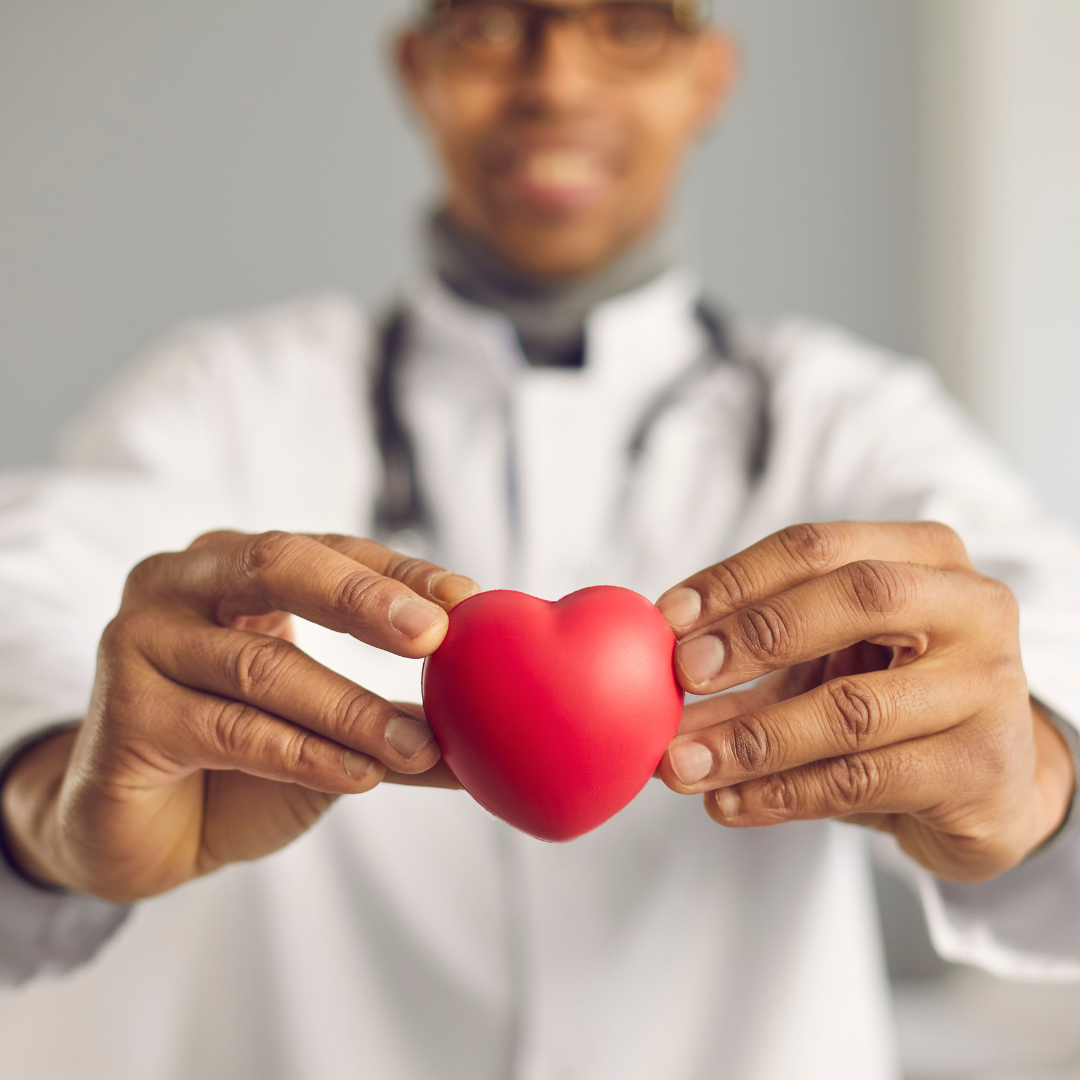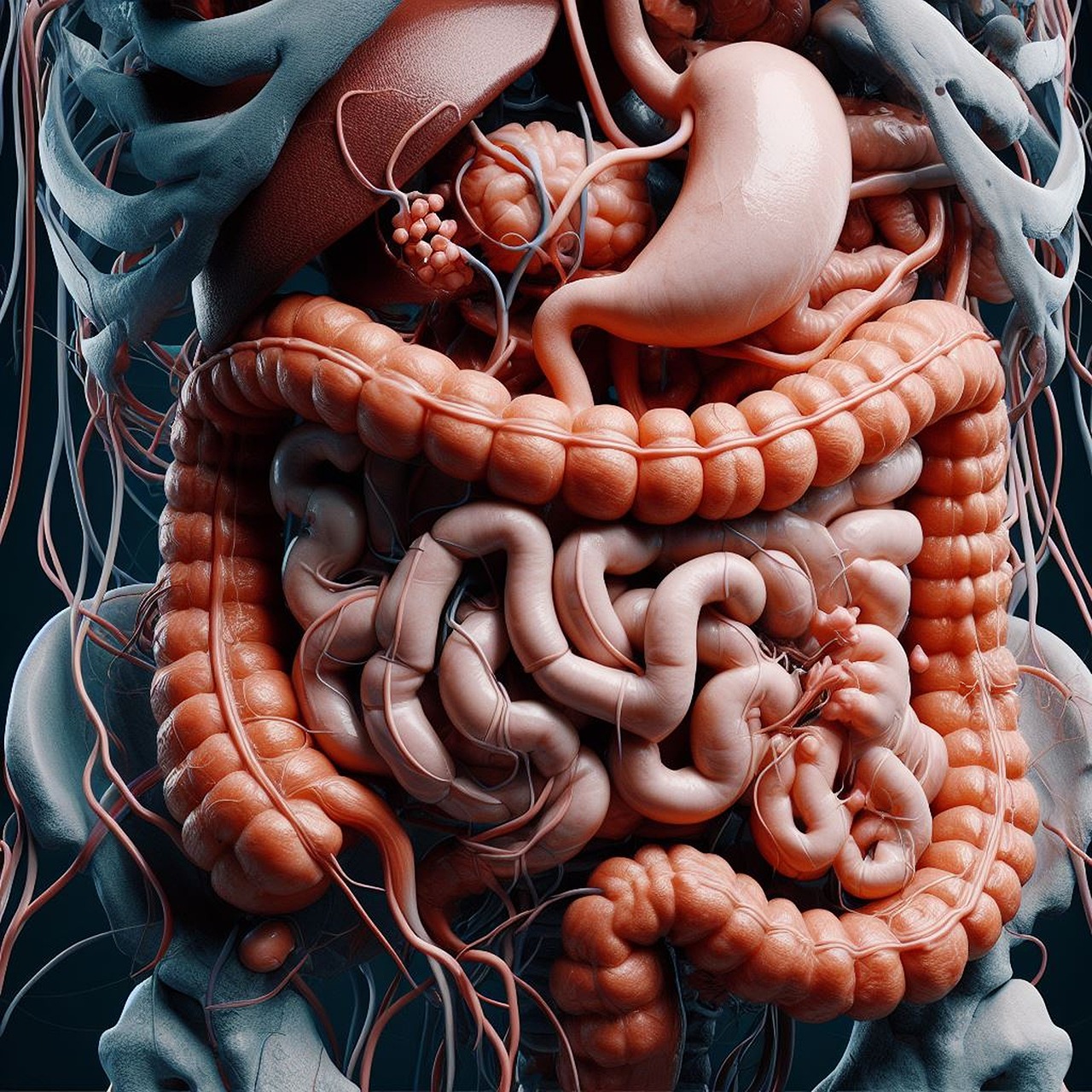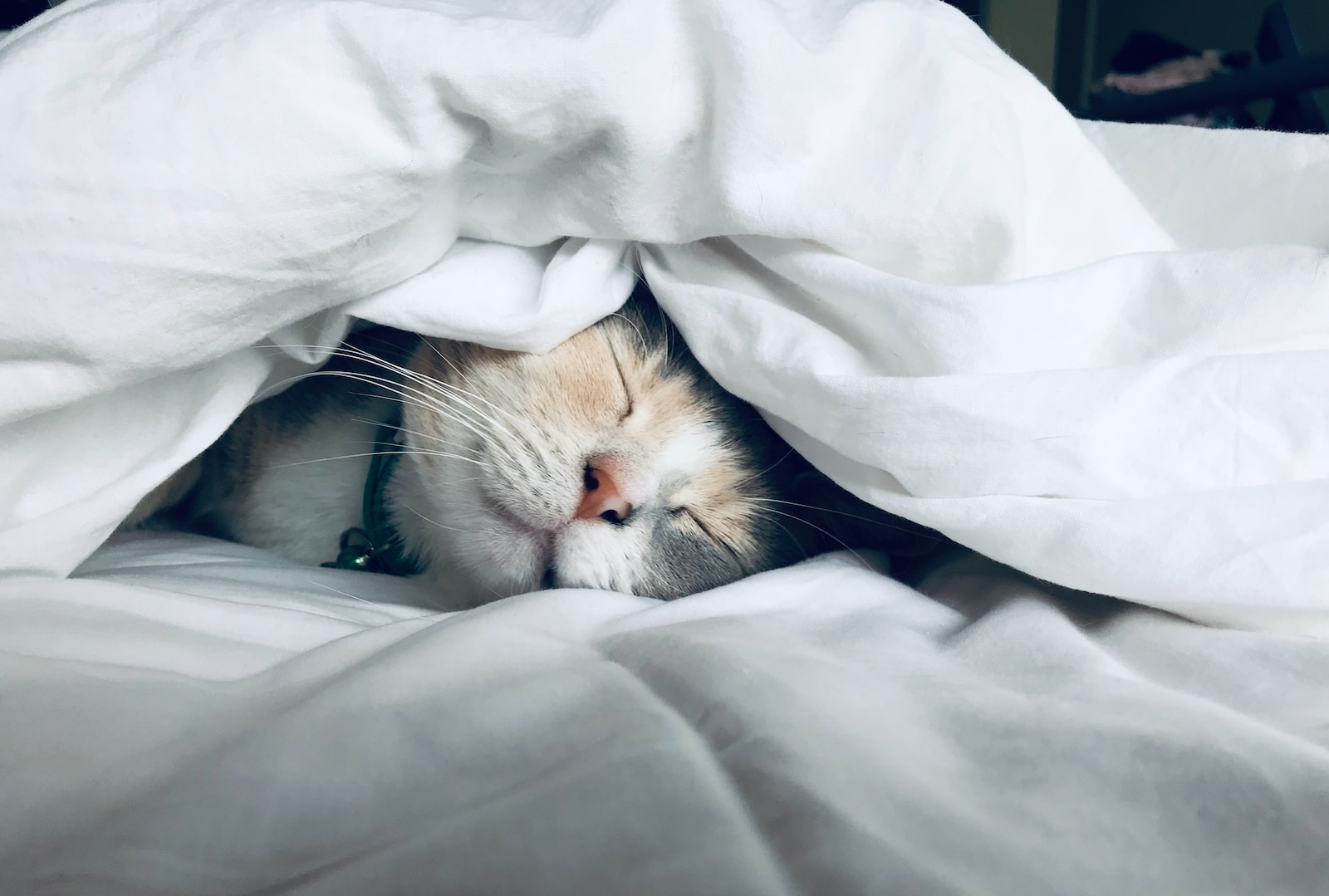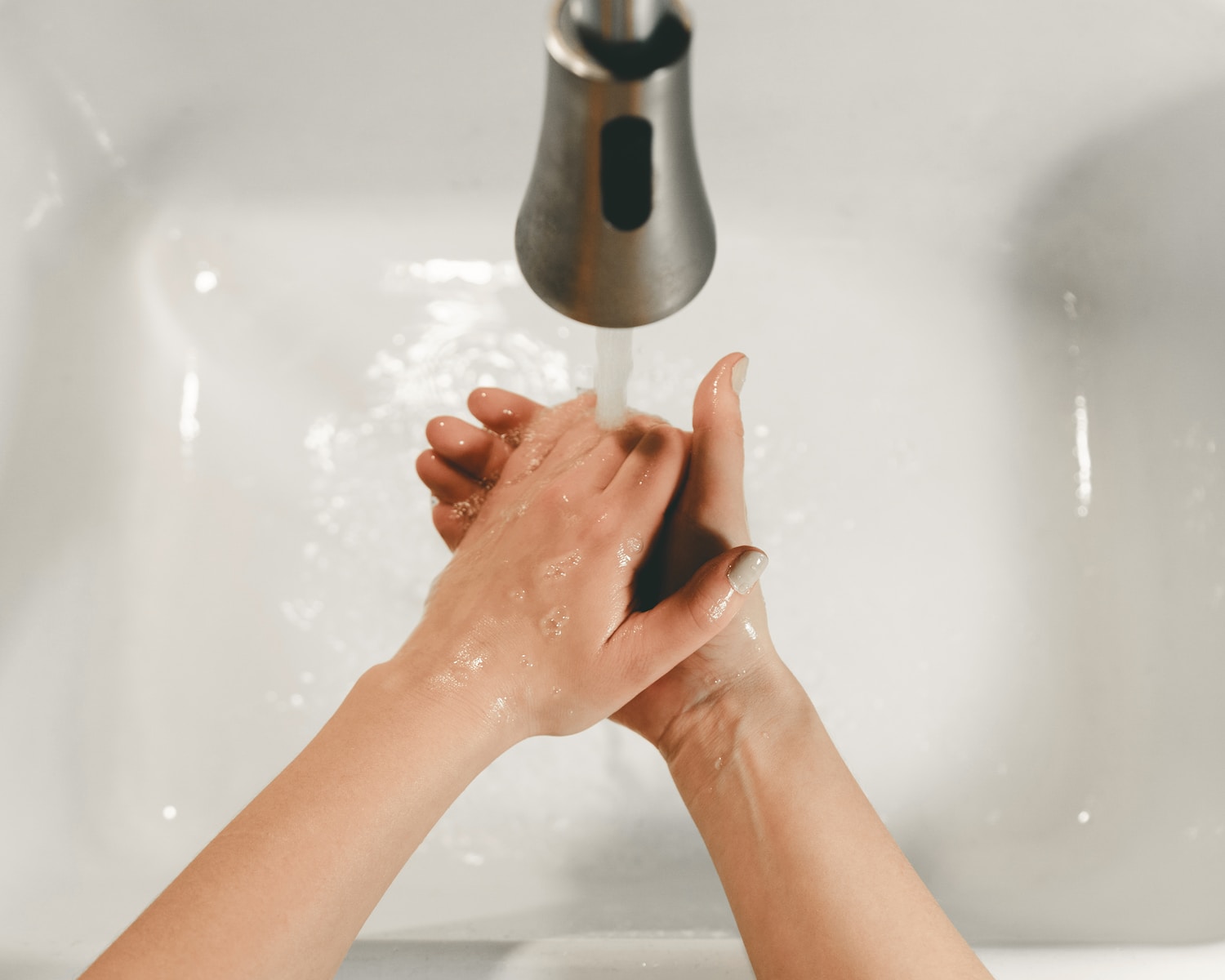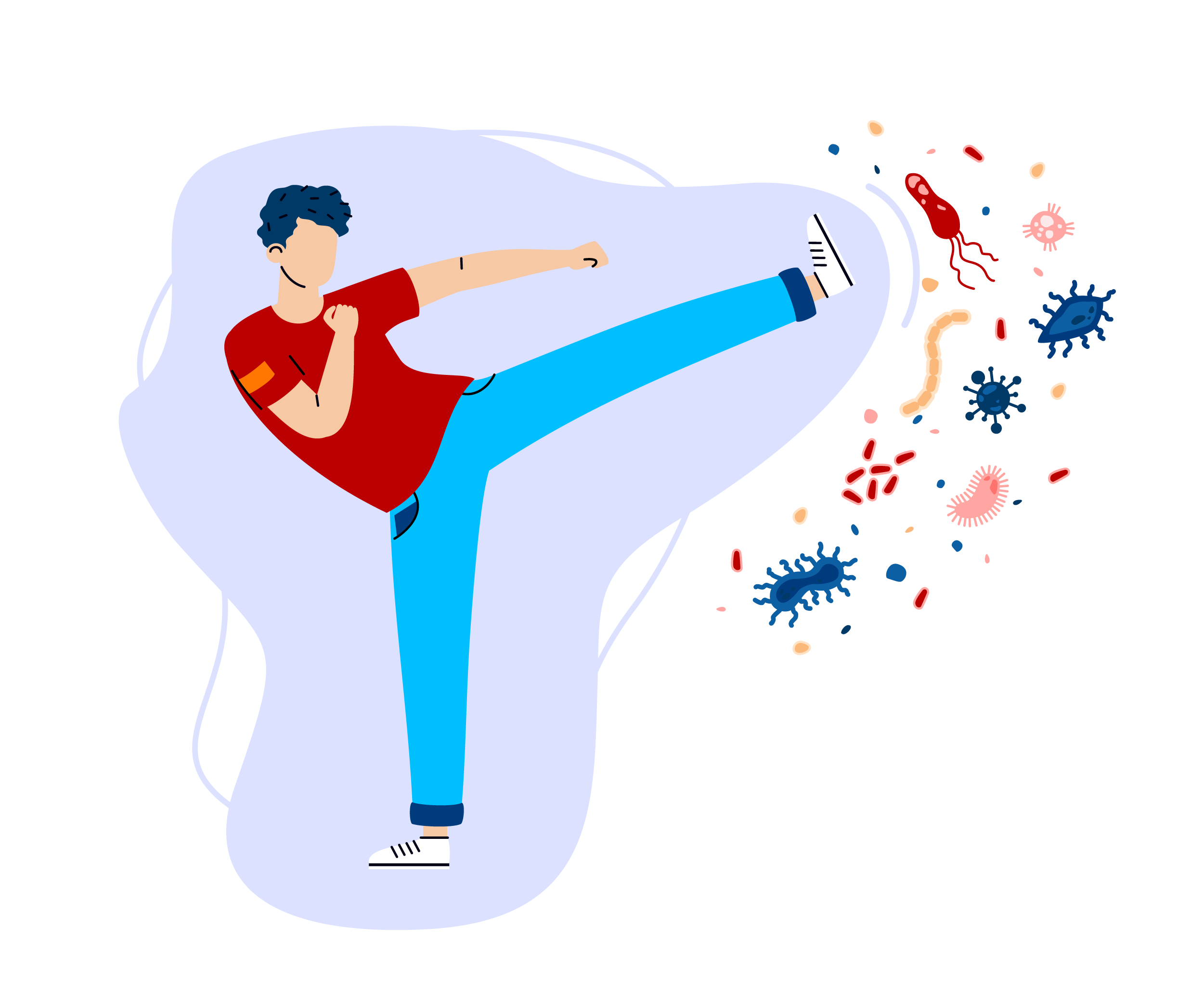
Scoliosis is a health condition that affects the alignment and curvature of your spine. Since your spine is your body’s central support structure and it facilitates movement, it plays an important role in your everyday life. There are nerve receptors in the spine that influence movement, and when the spine gets fractured, a person can experience paralysis.
Typically, children are always reminded to keep a straight back and keep their shoulders squared. Firstly, good posture looks visually pleasing. More importantly, however, proper posture keeps your bones and joints in correct alignment, preventing abnormal wear and tear that results in pain. Correct posture also optimizes your breathing and blood circulation.
Some people, however, cannot straighten their backs no matter how hard they try, because of the health condition called scoliosis. Scoliosis refers to a curve in the spine, causing misaligned shoulders and muscle strain. Scoliosis is a genetic condition that often runs in families, so if a relative has it, you have a higher risk for acquiring the disorder as well.
Statistics indicate that around 3% of the world’s population suffers from scoliosis or curvature in the spine. Although that seems like a tiny percentage, that still equates to over 200 million people around the world suffering from scoliosis. And no one should have to endure a spine disorder, especially when there are many available treatment options out there.
How do you know if you have true scoliosis versus a simple posture-related curve problem? This is especially important if you have young children, so you can arrest any serious spine conditions while their spinal bones are still growing. So it’s time to learn the difference between the two by educating yourself. Learn more about scoliosis below.

What is Scoliosis?
Scoliosis comes from the Greek word skoliosis, which means twisting or a bend. And indeed, this condition lives up to its name because it refers to the side curvature of the spine. One of the first people to treat this is Hippocrates, a famous Greek physician and philosopher dubbed as the father of modern medicine and from whom the Hippocratic Oath is named.
Hippocrates coined the word scoliosis and treated scoliotic patients with stretches and extensions. He also supposedly used devices like the Hippocratic board, ladder, and bench akin to a pilates reformer. Some of his methods are still implemented in today’s modern world.
Fortunately, most cases of scoliosis are mild, needing no intervention or requiring only minimal treatment like physical therapy. However, severe scoliosis, like an extreme angled C-curve and S-curve, can be very uncomfortable and debilitating. An extremely curved spine will reduce the amount of space in the chest, making it difficult for the lung to expand. As a result, it can be harder to breathe.
Signs and Symptoms of Scoliosis
If you suspect scoliosis in your children or yourself, watch out for the following signs:
- A side of the back is more pronounced when bending forward
- Uneven shoulders
- One hip is higher than the other side
- Uneven waist
- One shoulder blade looks more prominent than the other
- One side of the rib cage just forward
There are some scoliosis cases where the spine will also rotate or twist in addition to the side curvature. As a result, the ribs and muscles on one side will look more prominent than on the other side.
Causes and Risk Factors
Scoliosis appears to involve genetics because this disorder is seen in families. Hence, if you have a family history of scoliosis, you should watch out for this in your growing children. Similarly, age is a risk factor because it typically begins in childhood and adolescence.
Besides, studies suggest that gender is a risk factor. Though both males and females develop this condition at the same rate, girls have a much higher risk of a worsening curve that requires invasive treatment.
Other causes of scoliosis are these least common factors:
- Neuromuscular diseases like muscular dystrophy or cerebral palsy
- Congenital (at birth) defects of the bones in the spine
- History of past surgery on the chest wall as an infant or child
- Spine injuries and infections
Notably, scoliosis will not result from wearing a backpack, sleeping positions, posture, or sports involvement.
Possible Complications
Although a curve in the spine may seem like a simple posture problem, it should not be taken lightly. Being concerned about your spine is not vanity but a necessity because the state of your spine can impact your quality of life. Some scoliotic patients experience the following problems:
Breathing Difficulties
When you have a severe curve like an S curvature, the rib cage may press against the lungs. As a result, it cannot expand well, making it harder to breathe. You will feel shortness of breath quickly and find it difficult to do normal things.
Back Pain
People diagnosed with scoliosis as children are more likely to end up with chronic back pain as adults. The problem will worsen, especially if their spine curvatures are large and left untreated.
Issues With Physical Appearance
When the spine curvature worsens, it can cause very noticeable changes in physical appearance. Your clothes will look different when you wear them because your shoulders, hips, and waist are uneven.
Mental Duress
For some people who have an extreme spine angle, it may affect their mental health, too. Patients cannot help but feel very self-conscious, affecting their confidence level. And coupled with chronic back pain, it can adversely impact their lives, leading to reduced self-worth and depression.
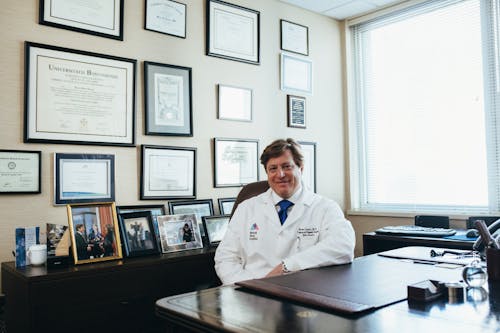
Possible Treatment for Scoliosis
A simple way an orthopaedic specialist or bone doctor determines if a person has true scoliosis versus a posture problem is to make the patient lie down. If the curve is still present when your back is flat on the bed, it is more likely true scoliosis than a posture-related back issue.
Most doctors will confirm with a spine x-ray. Children with mild scoliosis shall be closely monitored to track if the spine curvature worsens. In many cases, no treatment is necessary. In fact, very mild curves can develop without notice because they appear slowly and don’t cause pain. However, some patients who feel a bit of pain are referred to physical therapy to strengthen the spine and improve flexibility.
Some adults rely on the Strauss Method as an alternative solution. This relies on chiropractic treatments to re-educate the nervous system and muscles. With this, the root of scoliosis is addressed rather than just treating the symptoms.
However, those with very severe cases leading to spinal deformity may consult an orthopaedic surgeon to discuss straightening the spine with surgical procedures. Those with severe spine deformities that result in neurological deficits are recommended for immediate surgery. There are also cases where surgery is used to stabilize the spine with a titanium rod and correct a progressive deformity.
Working with your physician is important so you can find a tailor-fit solution for scoliosis. Every patient is different, so treatment plans vary.
Take the CircleDNA test to find out which health conditions you are genetically at risk of developing. If scoliosis is one of them, you can keep your eye out for symptoms, and visit a physiotherapist more often for preventative measures.

